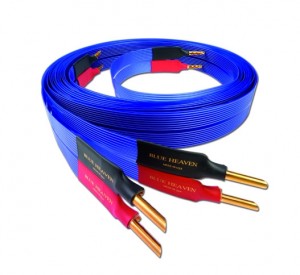
OF ALL THE bits and pieces that us reviewer types get to listen to, cables are usually the hardest of the lot to quantify – except perhaps for power conditioning gear. Sources, amplifiers and especially loudspeakers have plenty of individual characteristics and eccentricities, both physically and sonically – more than enough to make for interesting reading and meaningful differences.
Cables on the other hand, are mostly bits of wire surrounded by bits of something else. Sometimes the construction, materials, design and even the philosophy involved in the manufacture of cables can be wildly divergent (which is great for crafting a review) but at other times, you get nothing more than copper in a PTFE sheath, which doesn’t quite lend itself to lengthy in-depth reviews. Another complexity is that the sonic differences between cables can be vanishingly small or dramatic, or anywhere in between. These differences (and the overall sound for that matter) can be further influenced to a major degree by component synergy.
So what then to make of the cables I had in recently from Transparent and Nordost? Fortunately, they’re not exactly much of a muchness, either compared to each other or to many other audio cable brands. They’re sufficiently different that looking at them side by side left me wondering if they were designed by beings of the same species.
The Transparent Cables
I had the following selection of Transparent cables sent up from PQ Imports, the new New Zealand agent for the brand:
The Link RCA interconnect $199 – 1 metre
Balanced MusicLink Plus interconnect $1,399 – 2 metres
MusicWave Plus speaker cable $1,499 – 3 metres
High Performance Powerlink $399 – 2 metres
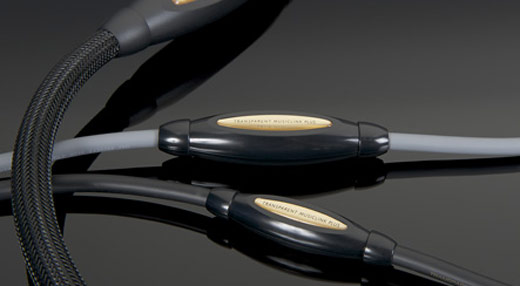
Construction of the Transparent cables is first class, with all of them bar the conventionally dimensioned The Link RCA interconnect coming from the thick and heavy school of cable design. The connectors are all rugged, heavy-duty units that’ll shrug off the hard in and out life in a hi-fi reviewer’s or a demented tweaker’s system, which means they’ll last forever under the more normal demands of a conventional audiophile existence.
A Cable Upgrade Path?
Even more noteworthy from a longevity perspective is Transparent’s upgrade plan, which allows users to trade in their lower level Transparent cables and upgrade to newer generation or more advanced cables, without losing a chunk of their investment when they sell their old cables second hand.
When upgrading, the old cable is traded in at 70 percent of its retail value, and that sum is then discounted off the retail price of the new cable. This upgrade isn’t limited to the more expensive lines, it’s open to all of the retail cable lines including: interconnects, speaker, power, digital and subwoofer cables. The only exceptions to the upgrade programme are any custom install cables, and the single step upgrade from The Link to the MusicLink. The same 70 percent trade-in is offered on all cables at all prices, and customers can move up the range as many steps as they like. The original cables must have been purchased new from an authorised dealer, of course.
Black Boxes?
It’s hard to miss the black boxes on these cables – each of them has what Transparent calls a “network”, which is a mysterious selection of small components designed to optimise the sound of the cables via improved noise rejection and other mechanisms. At the higher end of the range (as seen in this article), the networks are actually specifically matched to the audio gear the cables will be matched to. As the Transparent website states:
“Using carefully prescribed network components for each specific length of Reference MM2 RCA Interconnect, Transparent carefully matches the passive network components and meticulously calibrates OPUS MM2 networks to suit the characteristics of specific associated system components. To provide uncompromising control over vibrations, the interior electrical components are encased in electrically neutral epoxy and then surrounded by a specially shaped carbon fibre network housing, resulting in more accurate transmission of micro dynamics and harmonic music information. Non-metallic RCA housings allow the free expansion of magnetic fields at the termination which results in greater dynamic freedom of delicate low level signals”.
My gut reaction is that it’s a very bad idea to add components to cables. After all, the only thing any cable can ever do is help your system sound a little less bad – no cable is adding anything fundamental to an audio signal (although some are used to adjust and tweak certain parts of it and thus become audiophile approved tone controls). Cables are only trying to move that signal from point A to point B with as little damage as possible. So how does having capacitors and other bits and bobs in the way make that damage limitation process any more effective? Transparent says that it does, along with MIT. The owners of these cables say the same thing, so as much as I’m against the idea at a fundamental level, I’m open-minded enough to say that it may well be a great concept. To categorically state that networks just can’t work is to play in the same ballpark as tin-eared types who say all cables sound the same, which means they all sound like bell wire.
Listening
The Link RCA interconnect is an interesting cable because it sits right at that two hundred dollar sweet spot where it’s not in the insanely expensive realm (from the perspective of a “normal” person) but it’s still pricey enough that it has to offer something more than the bog-standard interconnects that were thrown into a CD player or box. For that matter, this cable needs to outperform the budget aftermarket interconnects that you might find hanging on the wall in the electronics section of a chain store.
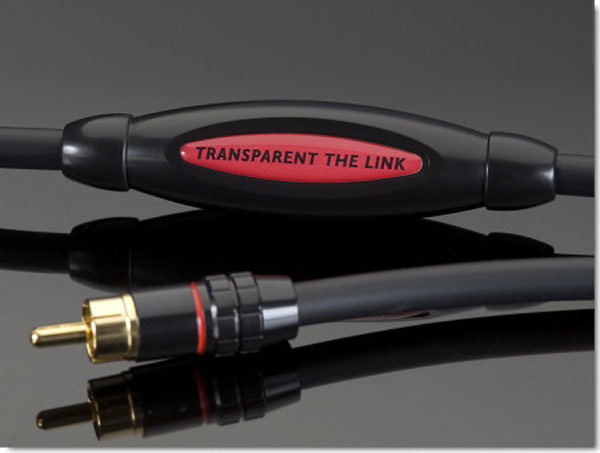
Comparing The Link to the thin lengths of copper and plastic that came with my Marantz SACD player, I found that the Transparent cable offered a big improvement in most every way. There was more body and weight to the sound, a more natural timbre to instruments and extra air and space around the performers and instruments, not to mention more at the top and more detail. This was no surprise but I was a bit taken aback to find that I preferred the smoother sound of The Link to the trusty Monster Interlink 300’s that I bought many, many years ago and have kept for their rugged build quality and clean sound. The Transparent cable gave a touch more light to the treble and a marginal sense of extra transparency (sorry). Not a bad showing at all from a two hundred buck cable.
This article will continue soon with a look at the rest of the Transparent cables as well as Nordost’s rather tasty revised Blue Heaven cables.
Transparent – www.pqimports.co.nz
Nordost – www.orangeroadaudio.com


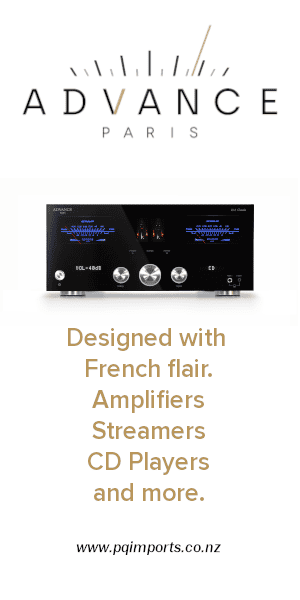

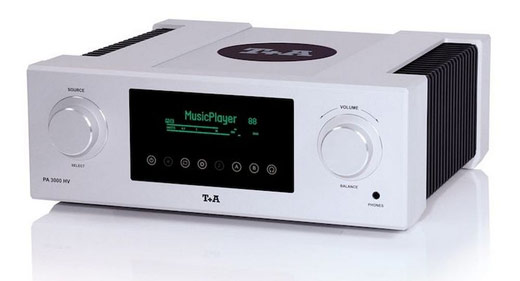


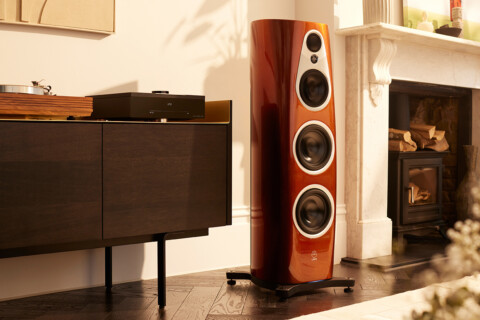
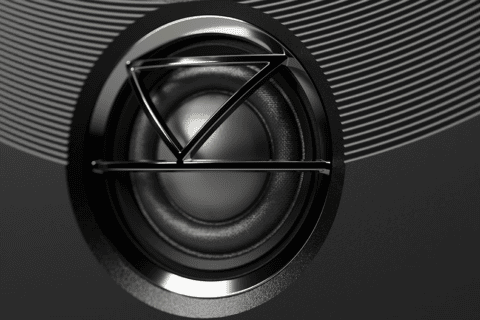
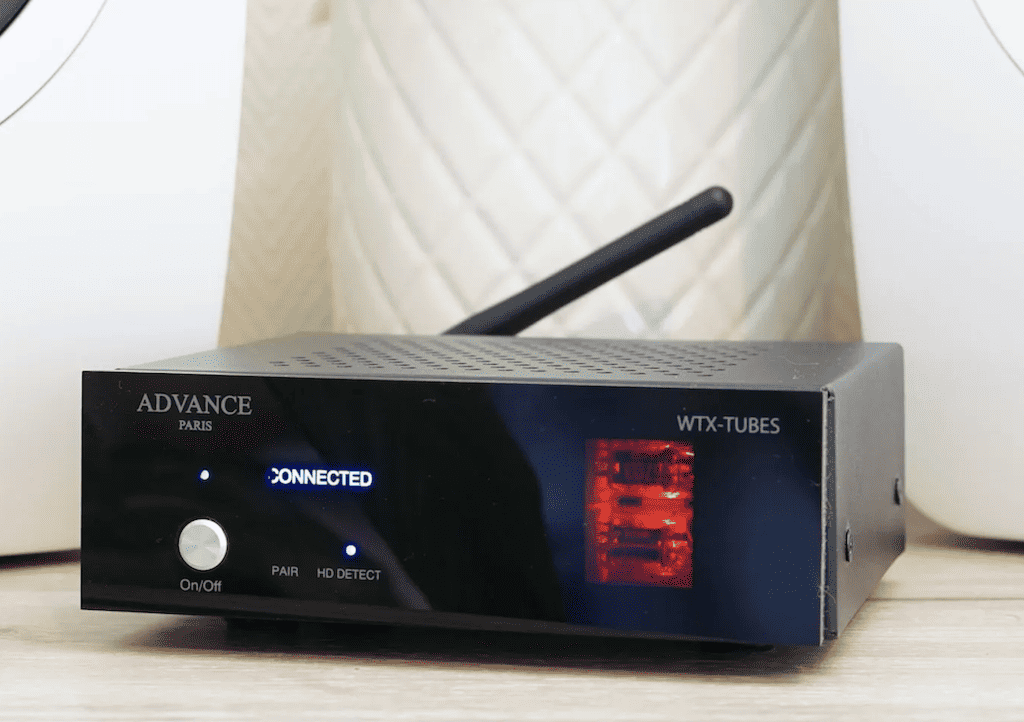

Where is part two?